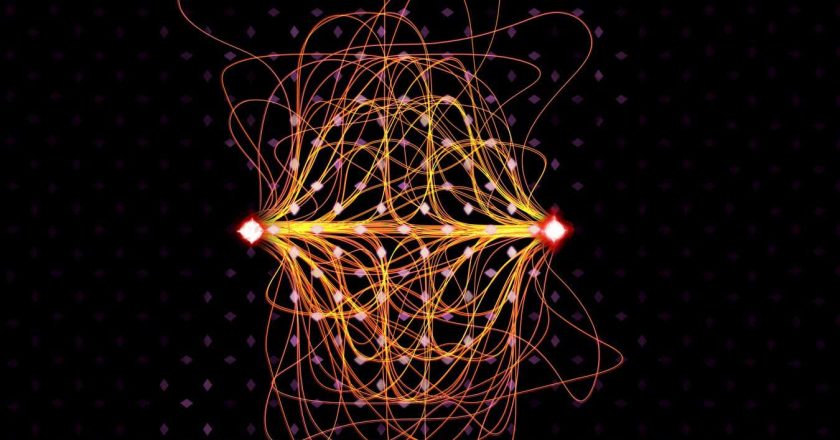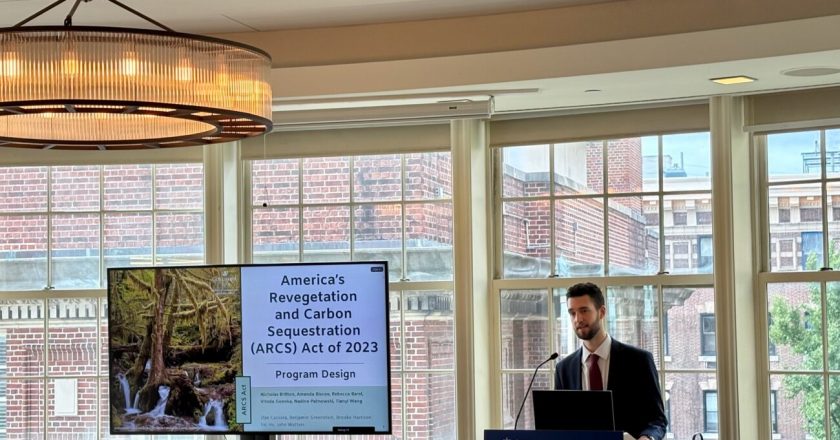Forget superintelligence – we need to tackle ‘stupid’ AI first
Should politicians ensure that AI helps us colonise the galaxy, or protect people from the overreach of big tech? The former sounds more fun, but it shouldn’t be the priority.
Among the Silicon Valley set, superintelligent AI is viewed as a rapidly approaching inevitability, with tech CEOs promising that the 2030s will see a golden era of progress. That attitude has reached Westminster and Washington, with think tanks telling politicians to be ready to harness the power of incoming AI and the Trump administration backing OpenAI’s $500 billion initiative for ultrapowerful AI data centres.
It all sounds exciting, but as the great and the good dream of superintelligence, what we might call “stupid intelligence” is causing problems in the here and now. One of the question...




